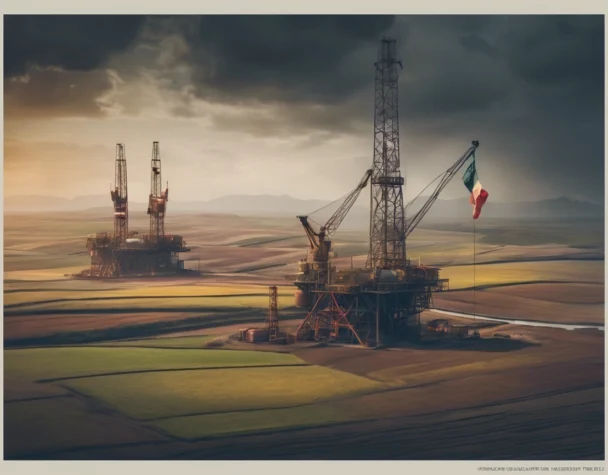
Global Commodity Market: Geopolitical Shifts and Environmental Challenges
Thu, March 27, 2025Energy Market Dynamics and Volatility
Global commodity markets are experiencing heightened volatility, driven primarily by geopolitical shifts and policy uncertainties. One of the most significant developments is the response of commodity traders to U.S. President Donald Trump’s proposed tariffs on countries importing oil from Venezuela. This unexpected policy shift has led trading firms like Gunvor to adopt more cautious strategies, reducing their risk exposure amid tighter trading ranges for crude oil and other energy commodities. Read more about the oil market dynamics on FT.com
Meanwhile, the liquefied natural gas (LNG) sector is also seeing turbulence. Shell CEO Wael Sawan has warned of a potential LNG glut, with prices projected to fall below $10 per million British thermal units by 2027. Nevertheless, Shell remains confident due to long-term contracts tied to Brent crude oil prices. This potential oversupply may encourage a transition from coal to gas, particularly in high-growth markets like China and India.
Metals and Agriculture: Market Drivers and Risks
The metals sector, particularly copper, is garnering increased attention as it becomes crucial to the U.S. economy. The Biden administration has expressed concerns about the nation’s reliance on copper imports, viewing it as a potential national security risk. This could lead to tariffs aimed at boosting domestic copper production. The growing demand for copper is fueled by its essential role in electronics, automotive, and construction industries. Explore more on the critical role of copper
Additionally, gold prices have surged beyond $3,000 per ounce amid global uncertainties and trade tensions. Analysts predict that silver prices could follow, potentially hitting $40 to $50 per ounce by the end of the year, driven by both investment demand and its industrial applications.
On the agricultural front, grain exports continue to be influenced by geopolitical challenges. Despite recent U.S.-brokered efforts to ease restrictions on Russian agricultural markets, analysts remain skeptical about any short-term impacts. Grain and fertilizer exports from Russia have stayed robust despite the ongoing conflict with Ukraine.
In the coffee sector, prolonged drought conditions in Brazil, a leading coffee producer, have driven prices upward. Consumers, especially in major cities like New York, are likely to see retail coffee prices rise by 10-25% in the coming months.
Investment and Strategic Shifts
Amidst these challenges, Japan’s recent investment in Australian coal and natural gas assets—worth around $10 billion—reflects growing bilateral cooperation between the two countries. This move not only stabilizes Australia’s mining sector but also mitigates risks stemming from fluctuating Chinese demand.
As global commodity markets remain fluid and unpredictable, investors and stakeholders will need to closely monitor both geopolitical developments and environmental challenges to make informed decisions.

